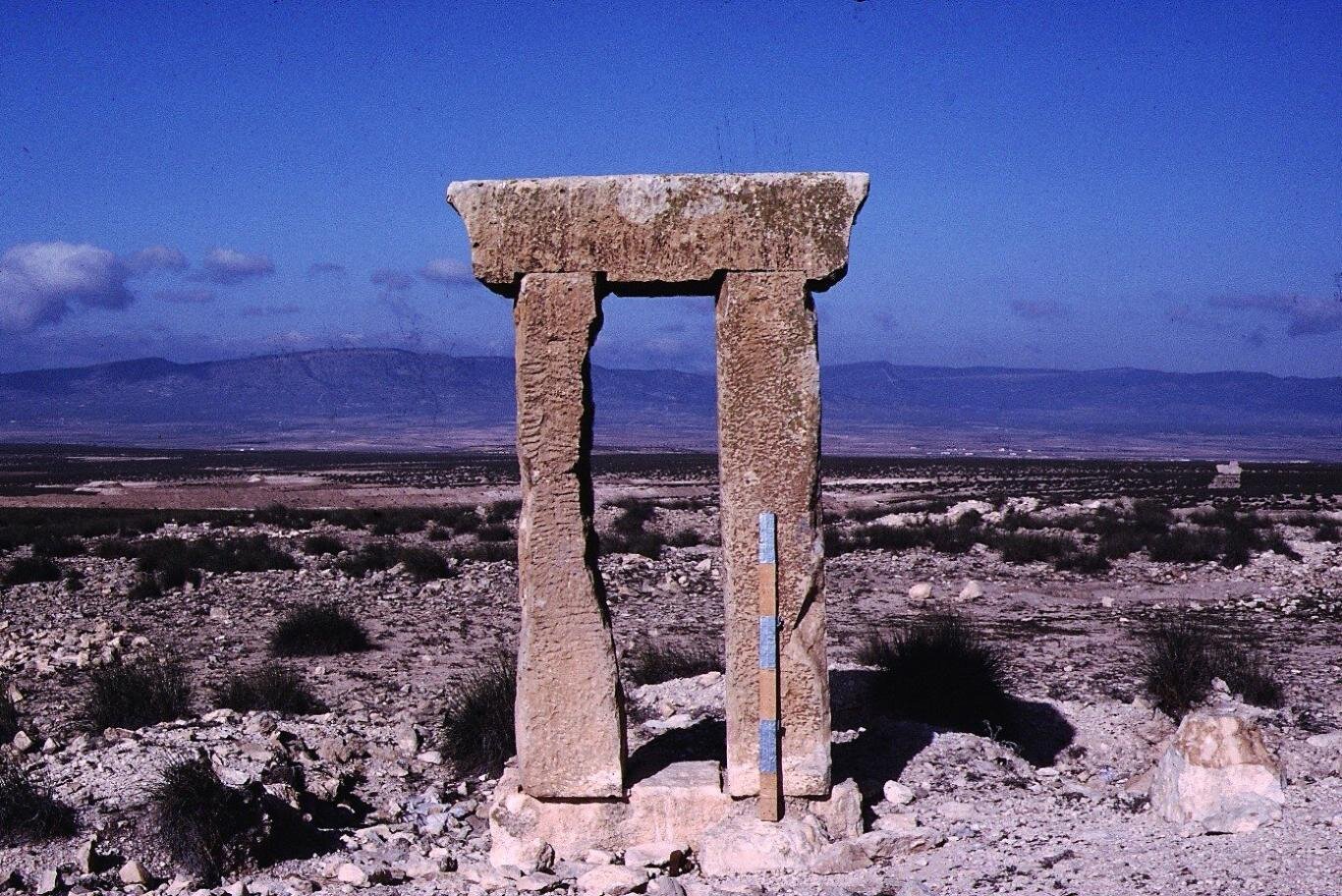When French archaeologists first began digging into the baked earth of their new colonial empire in Algeria in the mid-19th century, they fancied that they’d found kindred spirits in the Roman Empire that had come some 2,000 years before them.
The French thought they were engaged in a “civilizing mission” through their colonial subjugation of the region, just as Rome had “Romanized” the indigenous Berber and Punic people by supposedly imposing its imperial culture upon them.
It wasn’t until the independence of the countries of north Africa in the 1960s that a different story began to be told. Excavations at Althiburos in north-western Tunisia, for example, showed that a sophisticated infrastructure for agriculture and urbanism existed “as early as the first half of the last millennium BCE,” long before the Romans arrived—and that, in fact, the Romans followed pre-existing street plans in many of the cities that pre-dated the Roman conquest.
Everything I know about Carthage comes from reading Polybius, but I never thought they were a bunch of savages.
The Wikipedia entry seems firmly rooted in the post-colonial view. Recognizing the power of Cathaginian culture, technology, and empire seems to be standard these days, but it’s useful to consider how our biases can affect our perception of evidence.
Among the ancient world’s largest and richest cities, Carthage’s strategic location provided access to abundant fertile land and major maritime trade routes.[11] Its extensive mercantile network reached as far as west Asia and northern Europe, providing an array of commodities from all over the ancient world, in addition to lucrative exports of agricultural products and manufactured goods. This commercial empire was secured by one of the largest and most powerful navies in the ancient Mediterranean, and an army composed heavily of foreign mercenaries and auxiliaries, particularly Iberians, Balearics, Gauls, Britons, Sicilians, Italians, Greeks, Numidians, and Libyans.
As the dominant power of the western Mediterranean, Carthage inevitably came into conflict with many neighbours and rivals, from the Berbers of North Africa to the nascent Roman Republic.[12] Following centuries of conflict with the Sicilian Greeks, its growing competition with Rome culminated in the Punic Wars (264–146 BCE), which saw some of the largest and most sophisticated battles in antiquity. Carthage narrowly avoided destruction after the Second Punic War, but was destroyed by the Romans in 146 BC after the Third Punic War. The Romans later founded a new city in its place.[13] All remnants of Carthaginian civilization came under Roman rule by the first century AD, and Rome subsequently became the dominant Mediterranean power, paving the way for its rise as a major empire.
Despite the cosmopolitan character of its empire, Carthage’s culture and identity remained rooted in its Canaanite heritage, albeit a localised variety known as Punic. Like other Phoenician peoples, its society was urban, commercial, and oriented towards seafaring and trade; this is reflected in part by its notable innovations, including serial production, uncolored glass, the threshing board, and the cothon harbor. Carthaginians were renowned for their commercial prowess, ambitious explorations, and unique system of government, which combined elements of democracy, oligarchy, and republicanism, including modern examples of checks and balances.
Despite having been one of the most influential civilizations of antiquity, Carthage is mostly remembered for its long and bitter conflict with Rome, which threatened the rise of the Roman Republic and almost changed the course of Western civilization. Due to the destruction of virtually all Carthaginian texts after the Third Punic War, much of what is known about its civilization comes from Roman and Greek sources, many of whom wrote during or after the Punic Wars, and to varying degrees were shaped by the hostilities. Popular and scholarly attitudes towards Carthage historically reflected the prevailing Greco-Roman view, though archaeological research since the late 19th century has helped shed more light and nuance on Carthaginian civilization.
Interesting perspective and article. Good short read.




